Communication Mobile

How has mobile communication technology changed the way we communicate ?
The text discusses the impact of mobile communication technology on our communication. It highlights how this technology has revolutionized communication by making it faster, more convenient, and accessible. The text also mentions the rise of social media platforms and their influence on relationships. Additionally, it emphasizes the transformative effect of mobile communication technology on work collaboration and productivity. Moreover, it points out how this technology has made communication more accessible to people with disabilities or from developing countries. Lastly, the text acknowledges the privacy and security concerns associated with mobile communication technology.

How can mobile communication technology be used to enhance education ?
Mobile communication technology has revolutionized the way we live, work, and learn. It has opened up new avenues for education, making it more accessible, interactive, and engaging. Here are some ways in which mobile communication technology can be used to enhance education: 1. Personalized Learning: Mobile devices enable students to learn at their own pace and style. They can access educational content anytime, anywhere, and tailor their learning experience to their individual needs. This personalized approach helps students stay motivated and improves their retention of information. 2. Collaborative Learning: Mobile devices facilitate collaboration among students and between students and teachers. They allow for real-time communication, sharing of ideas, and collaborative projects. 3. Access to Information: Mobile devices provide instant access to a vast repository of information, including e-books, research papers, and educational videos. This allows students to deepen their understanding of topics beyond the classroom setting. 4. Interactive Learning Tools: Mobile technology offers various interactive tools such as simulations, virtual labs, and augmented reality applications that enhance the learning experience by providing hands-on practice without the need for physical resources. 5. Assessment and Feedback: Mobile technology enables timely assessment and feedback mechanisms, helping teachers monitor student progress and address gaps in understanding promptly. 6. Professional Development for Teachers: Mobile technology also supports continuous professional development for teachers by offering training courses, webinars, and networking opportunities accessible from their devices. 7. In conclusion, mobile communication technology holds immense potential to transform education by making it more personalized, collaborative, accessible, interactive, and effective. By leveraging these tools strategically, educators can create an engaging learning environment that prepares students for success in the digital age.
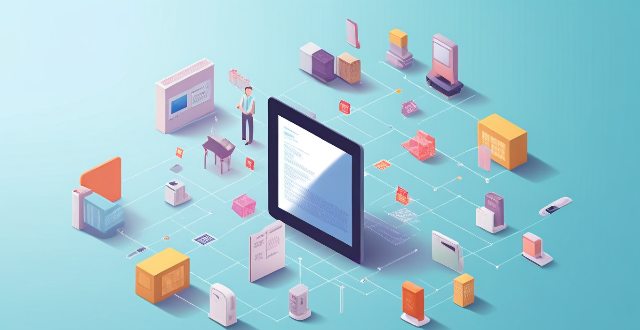
How do wireless communication standards affect mobile devices ?
Wireless communication standards significantly impact mobile devices' performance, functionality, and user experience. They influence speed and bandwidth, latency, connectivity range, compatibility with different networks, interoperability, security features, battery life, quality of service, mobility and portability, and device form factors. Advances in these standards drive innovation in the mobile industry, leading to faster, more reliable devices offering richer experiences to consumers.

What are the benefits of using mobile communication technology in businesses ?
The text discusses the advantages of utilizing mobile communication technology in business operations. The key benefits include increased mobility and flexibility for employees, improved communication and collaboration among team members, enhanced customer engagement through various platforms, greater efficiency and productivity due to automation and streamlining processes, cost savings by reducing reliance on traditional office spaces, better data collection and analysis for informed decision-making, and improved access to information for employees. These advantages contribute to making businesses more competitive and adaptable to the evolving needs of customers and employees.

What are the potential risks associated with mobile communication technology ?
The text discusses the potential risks associated with mobile communication technology, which include security risks such as data breaches and malware attacks, privacy risks like location tracking and surveillance, health risks including radiation exposure and eye strain, social risks such as addiction and cyberbullying, and economic risks involving high costs of data plans and job displacement. It emphasizes the importance of being aware of these risks and taking appropriate measures to mitigate them.
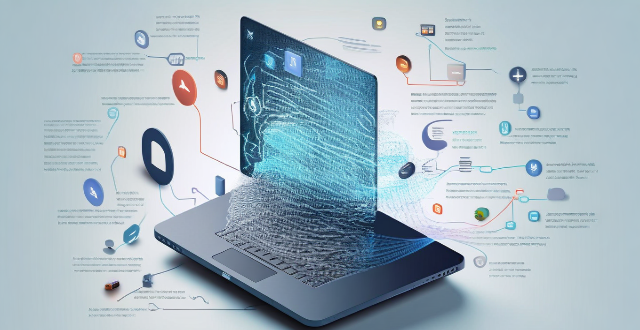
What is the latest advancement in mobile communication technology ?
The latest advancement in mobile communication technology is the **5G network**, promising faster speeds, lower latency, and more reliable connections. Key features include increased speed, reduced latency, improved reliability, enhanced coverage, and network slicing. Benefits of 5G technology include faster download and upload speeds, better video call quality, improved IoT connectivity, enhanced gaming experience, and autonomous vehicles.

How can mobile communication technology be used to improve healthcare services ?
The text discusses how mobile communication technology can improve healthcare services in various ways such as telehealth and remote monitoring, electronic health records management, medical education and training, administrative efficiency, and public health surveillance. The use of virtual consultations, remote patient monitoring, centralized data storage, online learning platforms, automated appointment scheduling, disease tracking, and vaccine management are some examples provided. The conclusion states that these technologies will play a vital role in shaping the future of healthcare delivery.
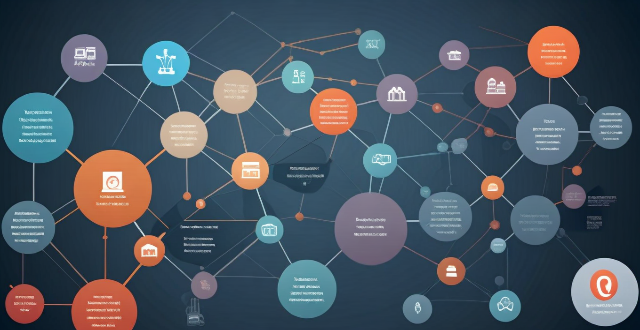
How have communication protocols evolved over time ?
The evolution of communication protocols has significantly impacted modern communication systems, transitioning from simple analog signals to complex digital networks. Early communication systems were limited in speed and reliability, but laid the foundation for future advancements. The digital revolution introduced packet switching, leading to protocols like X.25 and Frame Relay. The Internet Protocol Suite (TCP/IP) standardized communication over the internet, enabling global connectivity and applications like email and web browsing. Wireless protocols like Wi-Fi and Bluetooth allowed mobile devices to communicate without physical connections. Future developments may include 5G networks, quantum communication, and IoT protocols. Overall, the evolution of communication protocols has greatly enhanced our ability to connect and access information.
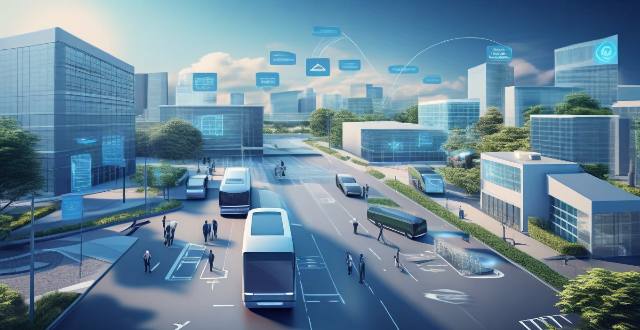
What are the advantages and disadvantages of using mobile communication technology in transportation systems ?
The use of mobile communication technology in transportation systems has several advantages, including improved efficiency and productivity, enhanced safety and security, better customer experience, and cost savings. However, there are also disadvantages, such as privacy concerns, technical issues and downtime, high initial costs, and dependence on technology. Despite these challenges, the benefits of mobile communication technology in transportation systems can outweigh the drawbacks, leading to improved operations and services for passengers and transportation providers alike.

Can solar flares cause communication interference ?
Solar flares, intense bursts of radiation from the sun's atmosphere, can disrupt communication systems on Earth. This includes shortwave radio signals, satellite communications, and other terrestrial networks. The effects range from signal quality disruption and frequency deviation to satellite link disruptions, GPS accuracy issues, and even physical damage to satellite hardware. While these impacts vary, organizations involved in critical communication operations must be aware of the risks and implement mitigation strategies to minimize potential disruptions.

How do communication satellites impact the field of telecommunications ?
Communication satellites have revolutionized telecommunications by providing global connectivity, increasing bandwidth, and improving reliability. They allow for communication across vast distances, connecting remote areas with the rest of the world and providing access to telecom services in regions lacking terrestrial infrastructure. Modern satellite systems offer high data rates for faster internet speeds and better voice/video transmissions, supporting multiple services like voice, data, and video conferencing. Satellites also enhance reliability and redundancy as critical backups during disasters and emergencies, creating diverse communication pathways. With rapid deployment capabilities, satellites are ideal for temporary situations like military operations or emergency responses and enable mobile applications. Economically, advancing technology reduces costs, opens new markets, and fosters job creation. Technological advancements include improved modulation techniques and antenna designs for better performance. Environmental considerations involve space debris mitigation and energy efficiency. Overall, satellites significantly impact telecommunications by extending reach, increasing capacity, ensuring reliability, offering flexibility, driving economic growth, and fostering technological advancements while considering environmental implications.
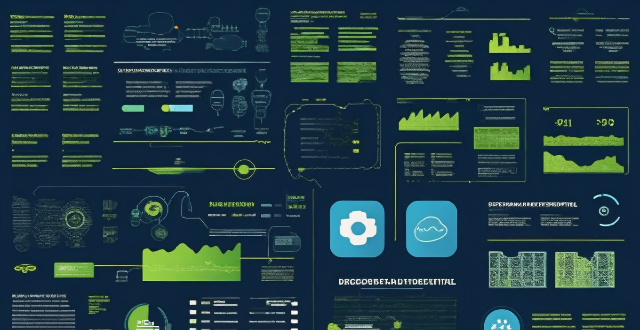
How does encryption work in securing communication channels ?
Encryption is a fundamental technique used to secure communication channels by transforming plaintext data into an unreadable format, known as ciphertext. It involves two main processes: encryption and decryption, and uses algorithms and keys for these processes. There are two primary types of encryption methods: symmetric and asymmetric. Encryption ensures that even if data is intercepted during transmission, it remains unreadable to unauthorized parties. It is vital in various applications to secure communication channels, including email, web browsing, mobile communications, and file transfers.
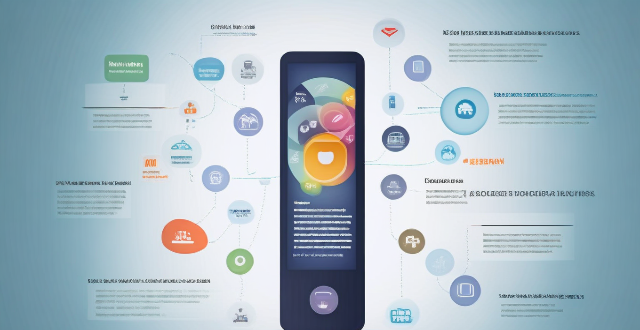
Can I use my phone abroad with my current mobile operator's plan ?
Using your phone abroad with your current mobile operator's plan can be convenient but comes with potential costs and limitations. Factors to consider include coverage area, international roaming charges, alternative options such as local SIM cards or Wi-Fi, data usage, and call and text message rates. Before traveling, contact your mobile operator to discuss options, research local networks, download necessary apps, and backup important data. Taking these steps can help you stay connected while avoiding unexpected charges.

How can I improve my mobile photography skills ?
In this guide, we've covered essential tips and strategies to enhance your mobile photography skills. By understanding camera settings, mastering composition techniques, experimenting with lighting, getting creative with perspectives, editing photos effectively, and practicing consistently, you can elevate your smartphone photography game. Remember, the key to improving lies in your willingness to learn, explore, and practice. With dedication and creativity, you can turn your mobile device into a powerful tool for capturing stunning visual stories.
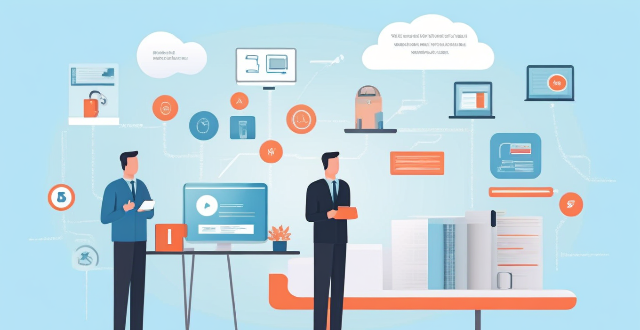
What are the best mobile operators in my area ?
Choosing the best mobile operator in your area requires careful consideration of several factors, including coverage, data speeds, pricing, customer service, and network reliability. Some of the best options based on these criteria are Verizon, AT&T, and T-Mobile. Each operator has its own strengths and weaknesses, so it's important to do your research and choose the one that best meets your needs and budget.

What are the benefits of using a wireless communication standard in business ?
The text discusses the benefits of using a wireless communication standard in business. Wireless technology offers increased flexibility and mobility, allowing employees to work remotely and collaborate more freely within the workplace. It also leads to improved efficiency by enabling faster deployment and scalability of networks. Cost savings are another advantage, as businesses can reduce infrastructure and maintenance expenses. Enhanced collaboration and communication are facilitated by instant connectivity between devices. Additionally, customer experience is improved through public Wi-Fi services and mobile point-of-sale systems. Finally, adopting wireless standards future-proofs businesses by supporting emerging technologies and ensuring adaptability to changing needs. Overall, wireless communication standards are crucial for modernizing business operations and staying competitive in an interconnected world.

What are the key features of the latest smartphones in terms of communication technology ?
The latest smartphones feature advanced communication technologies including 5G connectivity for high-speed data transfer and improved latency, dual SIM support for simultaneous use of two networks with smart switching, Wi-Fi 6 for faster speeds and better battery life, and Bluetooth 5.x for longer range and faster data transfer. These advancements enhance user experience and pave the way for future innovations in mobile communication technology.

What are some examples of wireless communication protocols ?
This article provides an introduction to wireless communication protocols, which are sets of rules and standards that enable devices to communicate with each other without the use of physical cables. It discusses several examples of wireless communication protocols, including Bluetooth, Wi-Fi, Zigbee, and LoRaWAN. Each protocol has its own unique features and benefits, making them suitable for different applications. For example, Bluetooth is commonly used for connecting devices such as smartphones, headphones, keyboards, and mice, while Wi-Fi is used for connecting devices to the internet or other networks. Zigbee is commonly used in home automation systems, and LoRaWAN is commonly used in IoT applications. By understanding these protocols, developers can create innovative solutions that improve our daily lives.

What are the common causes of communication interference ?
Communication interference can occur due to physical barriers like noise and technology issues, language differences, cultural norms, emotional factors, personal biases, misunderstandings, lack of active listening, and poor message construction. Being aware of these causes can help individuals improve their communication skills and minimize disruptions in various contexts.
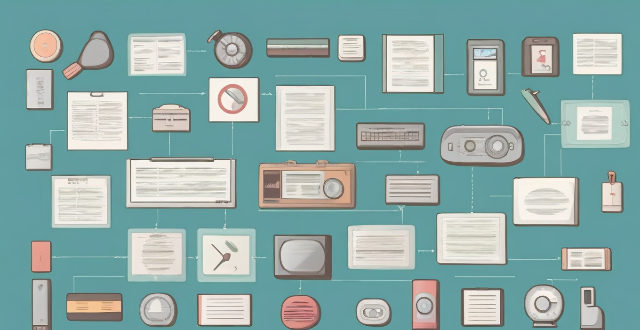
What are the hidden fees associated with my mobile operator's plan ?
Mobile operators often have hidden fees that can add up over time and significantly increase the cost of your mobile plan. These fees include activation fees, early termination fees, upgrade fees, overage charges, international roaming charges, and administrative fees. To avoid these fees, it is important to read the fine print of your mobile operator's contract carefully before signing up and consider using a prepaid plan or paying for your phone outright.

How do communication satellites support military operations and intelligence gathering ?
This text discusses how communication satellites support military operations and intelligence gathering, highlighting their role in secure communication channels, wide area coverage, high-speed data transmission, surveillance and reconnaissance, coordination and command, resilience and redundancy.

How many communication base stations are needed to cover a city ?
This article discusses the factors affecting the number of communication base stations required for a city, including city size and population density, topography, and building height. It also provides an estimate formula to calculate the number of base stations needed based on city area and coverage per station. The conclusion emphasizes the importance of considering these factors in network planning and deployment to ensure reliable communication services across the city.

What is mobile marketing and why is it important ?
Mobile marketing is the use of mobile devices to promote products or services. It involves sending targeted messages, offers, and advertisements to users who are on the move, in real-time. This type of marketing can be done through various channels including SMS, email, social media, apps, and mobile websites. Mobile marketing is important for several reasons: 1. Reach a Wider Audience: With the increasing popularity of mobile devices, businesses can reach a larger audience through mobile marketing. 2. Higher Engagement Rates: People spend more time on their mobile devices than any other medium, making them more likely to engage with your content and respond to your calls-to-action. 3. Increased Conversion Rates: Mobile marketing allows businesses to target their audience based on location, behavior, and preferences, resulting in higher conversion rates. 4. Improved Customer Loyalty: By providing personalized experiences and offers through mobile marketing, businesses can build stronger relationships with their customers and increase loyalty. 5. Cost-Effective: Compared to traditional marketing methods, mobile marketing is often more cost-effective with a higher return on investment (ROI). 6. Real-Time Tracking and Analytics: Mobile marketing provides businesses with real-time data and analytics about their campaigns, allowing them to make informed decisions and optimize their strategies for better results. 7. Enhanced Brand Recognition: By using mobile marketing, businesses can create a strong brand identity and increase brand recognition among their target audience. 8. Stay Ahead of the Competition: As more businesses adopt mobile marketing strategies, those who do not will fall behind. Staying ahead of the competition is crucial for long-term success.

How do I contact customer service for my mobile operator ?
How to Contact Customer Service for Your Mobile Operator

How can I stay safe while using mobile banking apps ?
The text provides a detailed guide on how to ensure the safety of personal and financial information while using mobile banking apps. It suggests downloading apps from official app stores, keeping them updated, setting up multi-factor authentication, using strong passwords, being cautious with public Wi-Fi, monitoring account regularly, not saving log-in details, and being wary of phishing scams. These measures can significantly enhance the security of mobile banking activities and protect financial information from potential threats.

How does network coverage vary between different mobile carriers ?
Network coverage among mobile carriers varies due to differences in infrastructure investments, partnerships and roaming agreements, and technological advancements. Carriers that invest heavily in building and maintaining their network infrastructure are likely to have more extensive coverage than those with limited resources. Partnerships and roaming agreements allow customers to use the partner network's services in areas where the original carrier does not have coverage. Technological advancements like 5G promise faster speeds and better coverage, especially in densely populated urban areas. The geographic coverage of mobile carriers varies significantly, with some carriers focusing on providing extensive coverage across large regions while others prioritize dense urban areas. Speed and capacity also differ among carriers, with those having more advanced infrastructure and technologies typically offering higher speeds and greater capacity. Quality of service is another factor that varies among mobile carriers, including aspects such as call clarity, connection reliability, and data transfer rates. Customers should consider these factors when choosing a carrier to ensure reliable and efficient mobile connectivity.